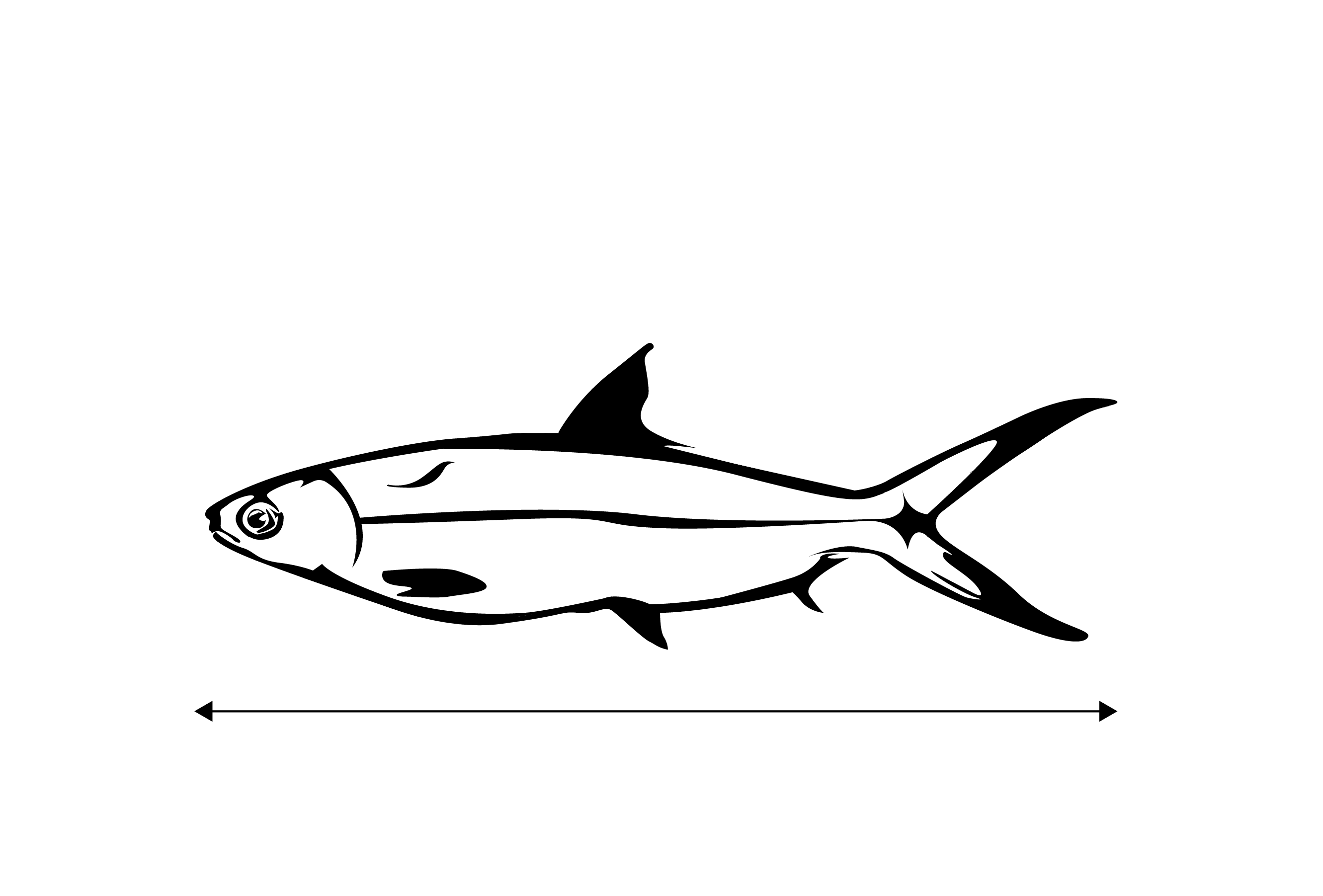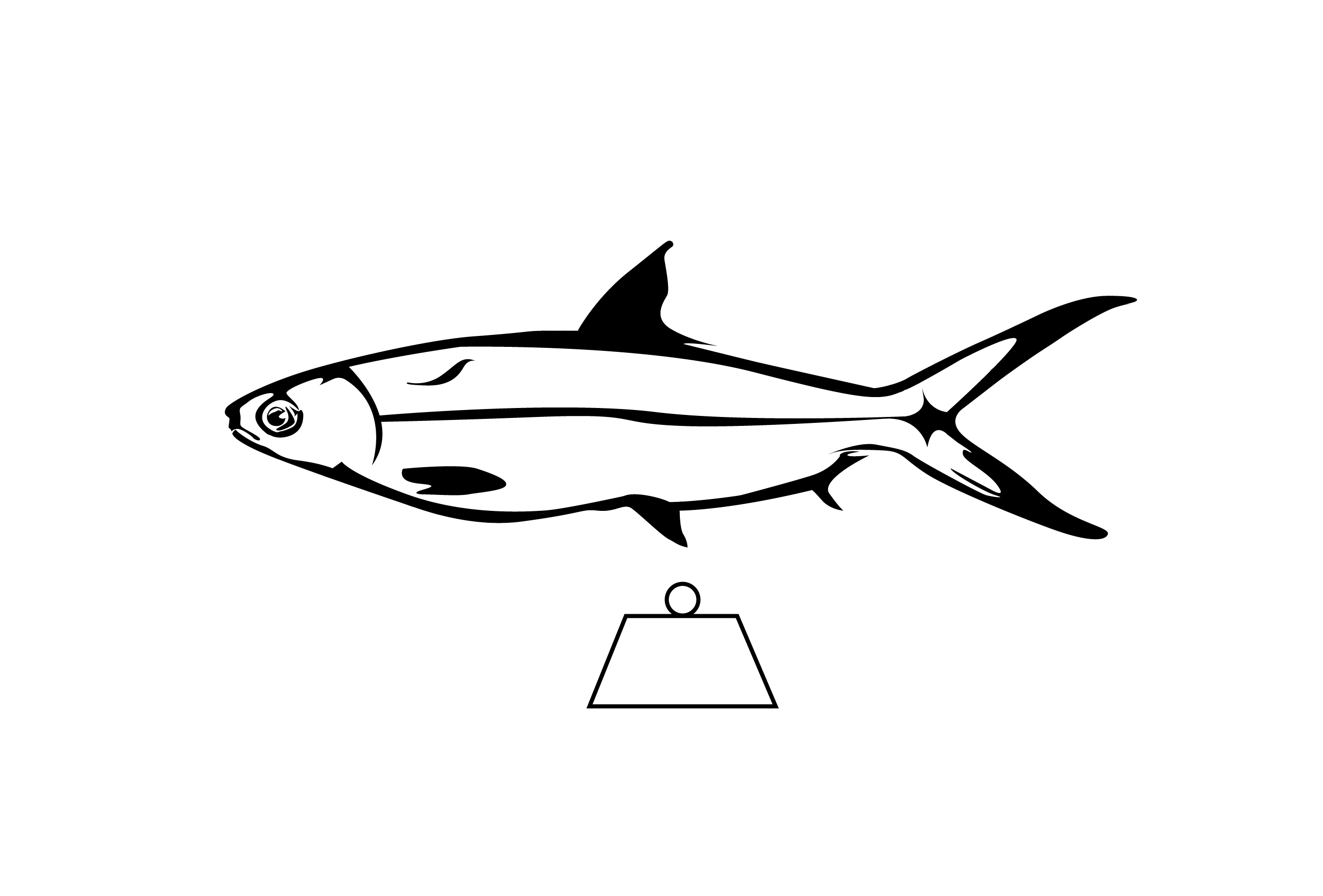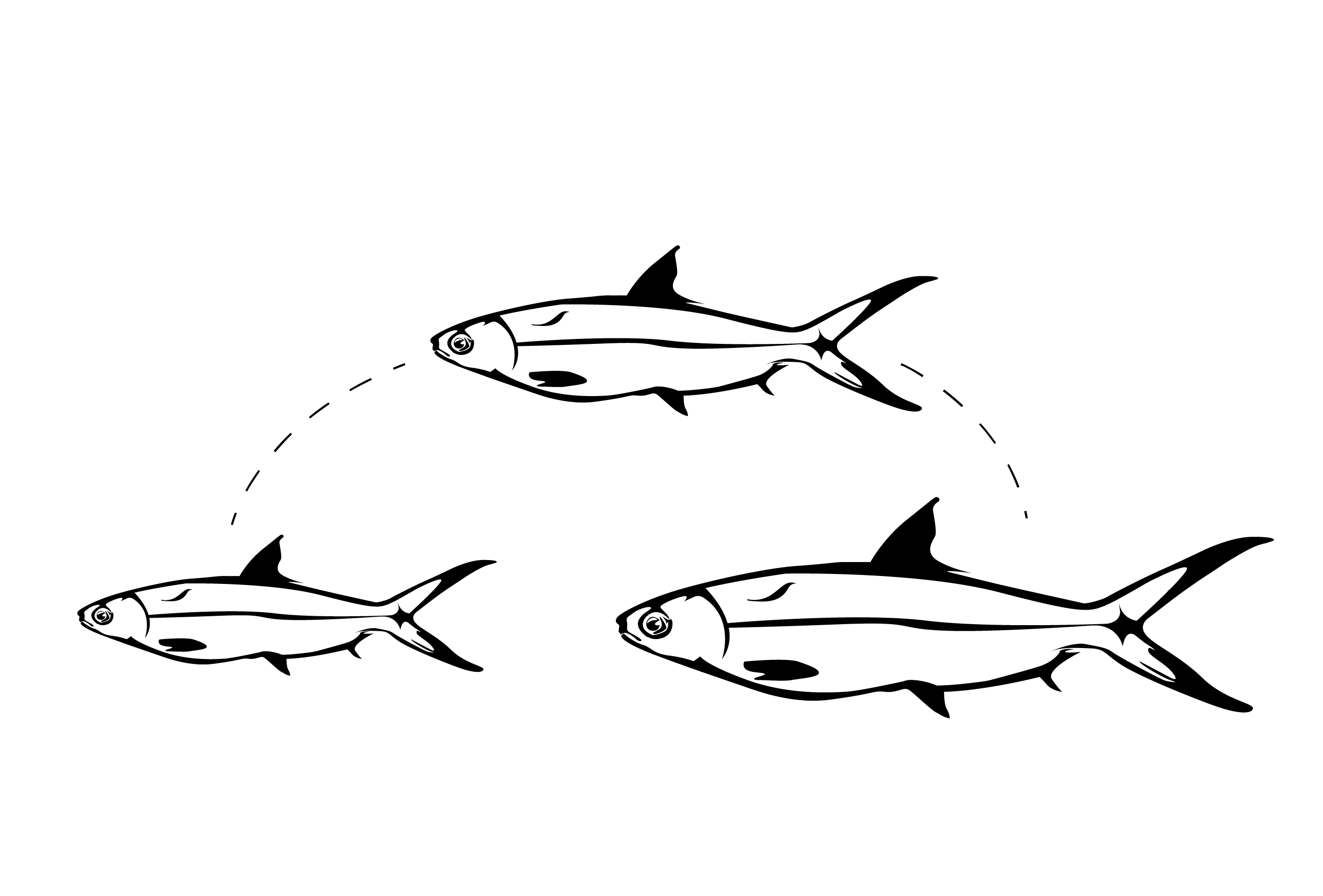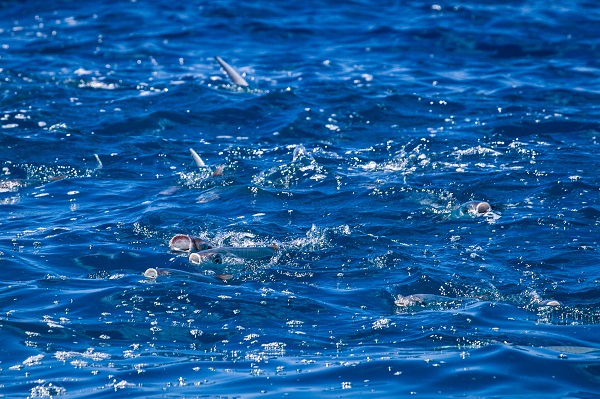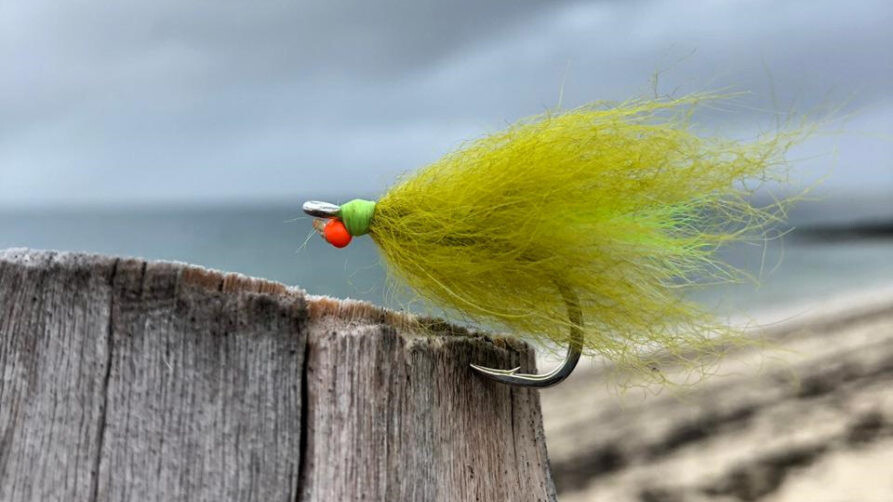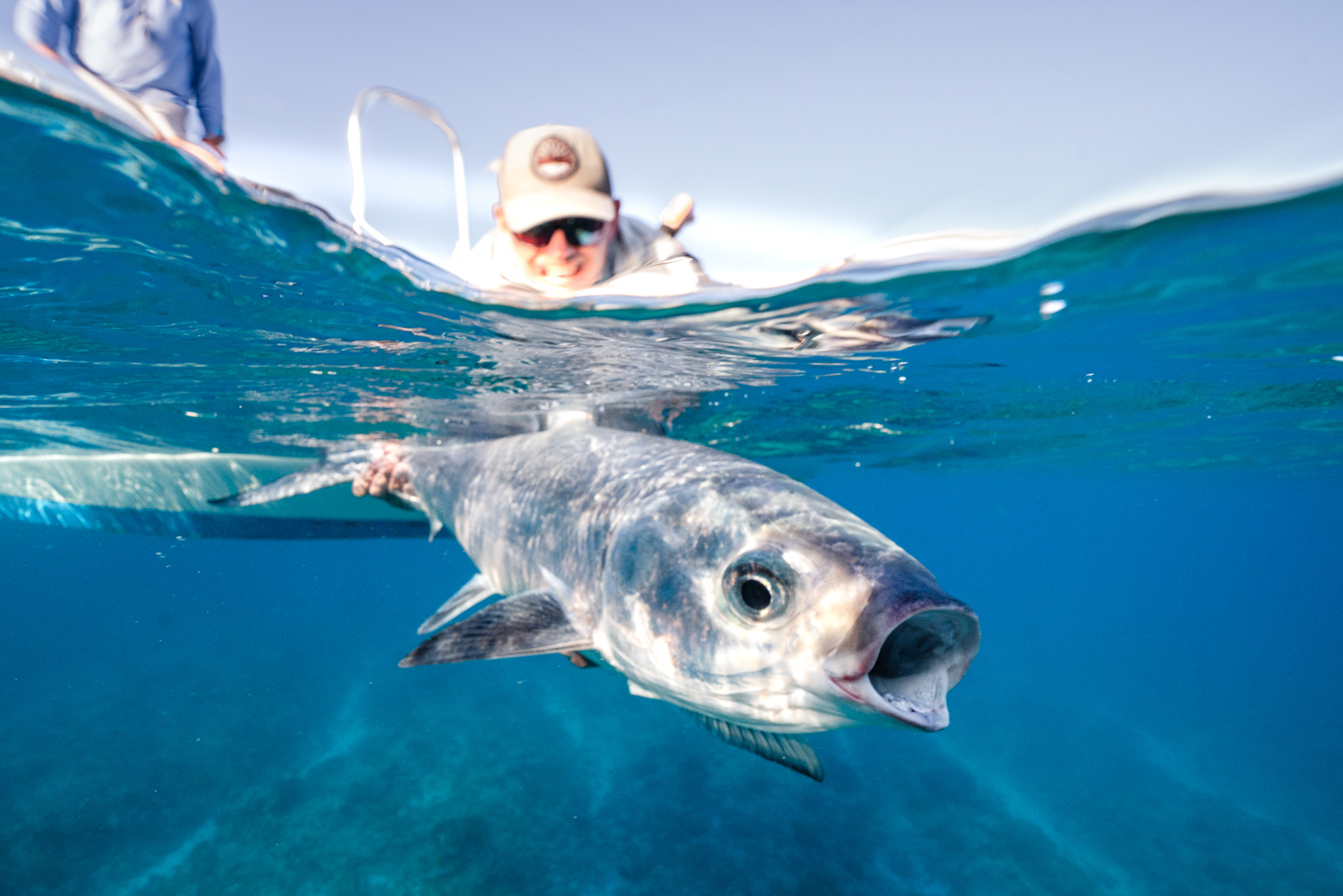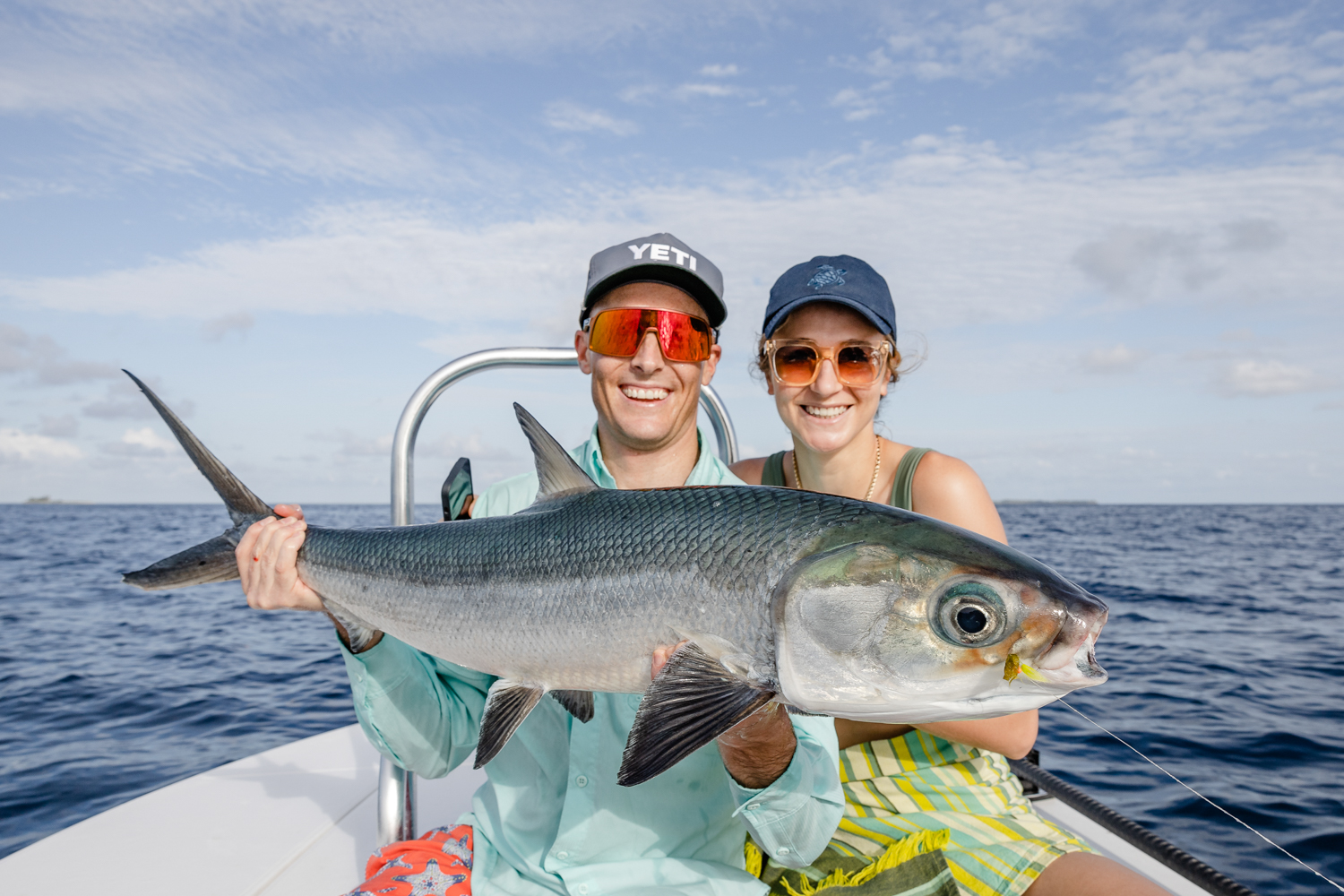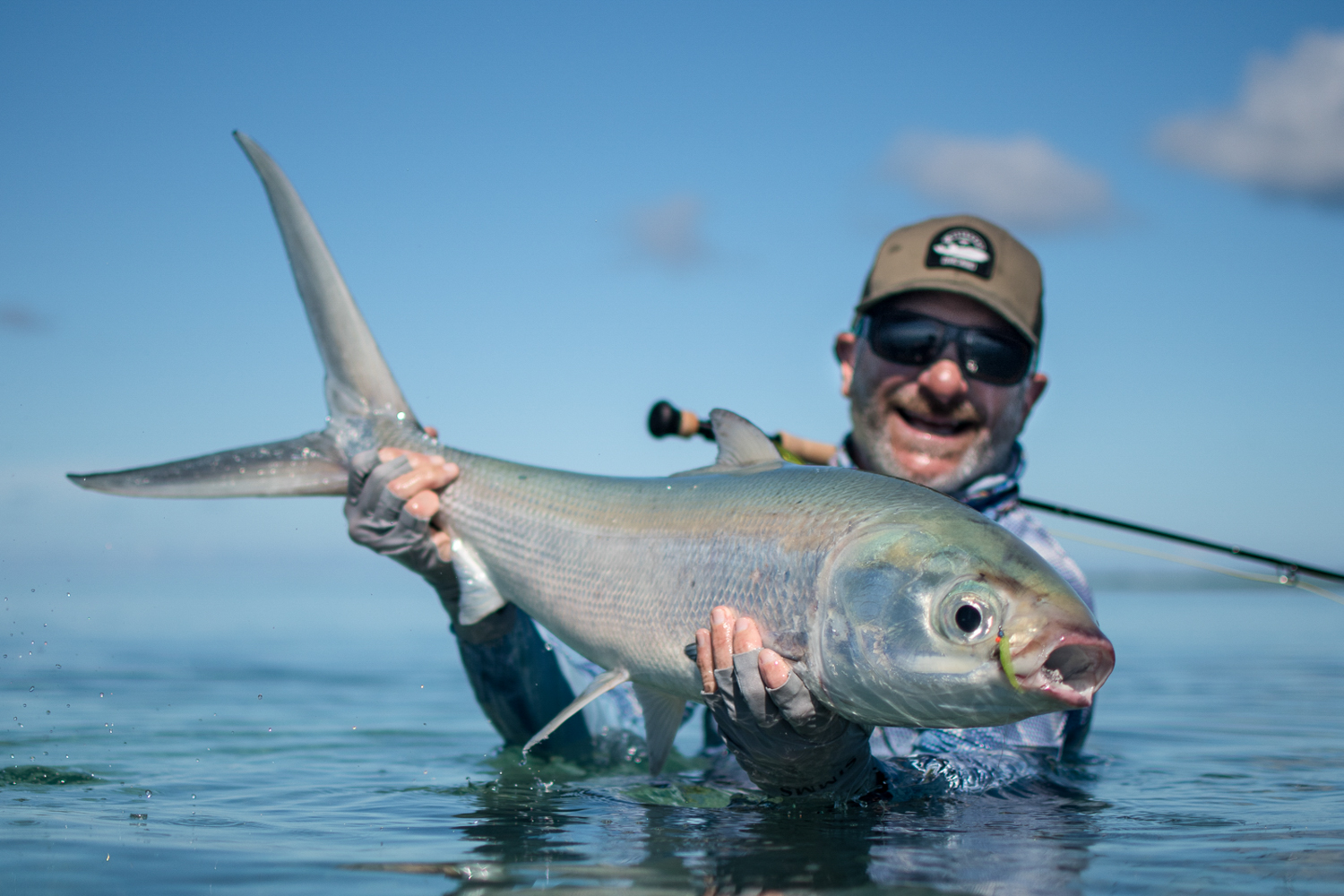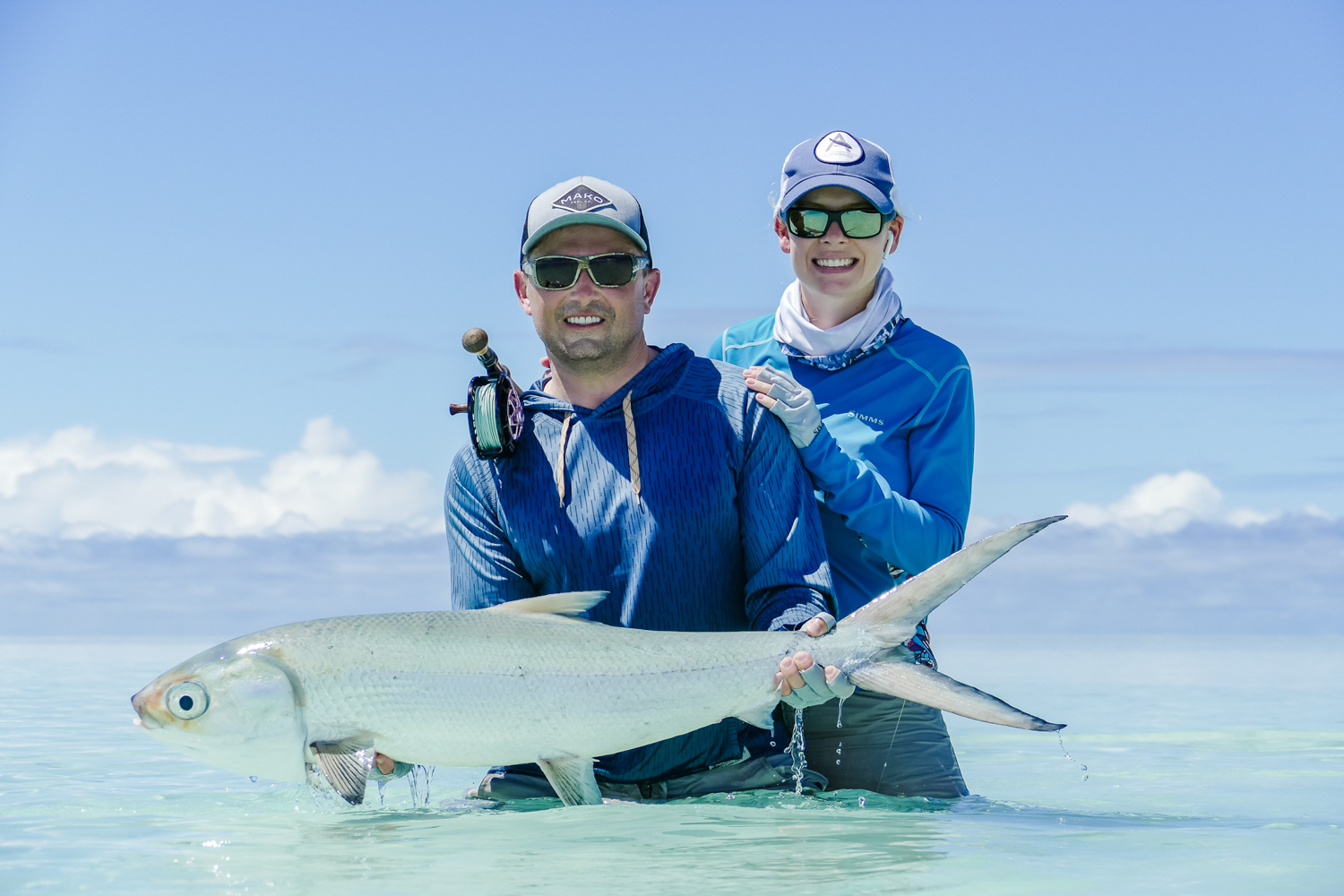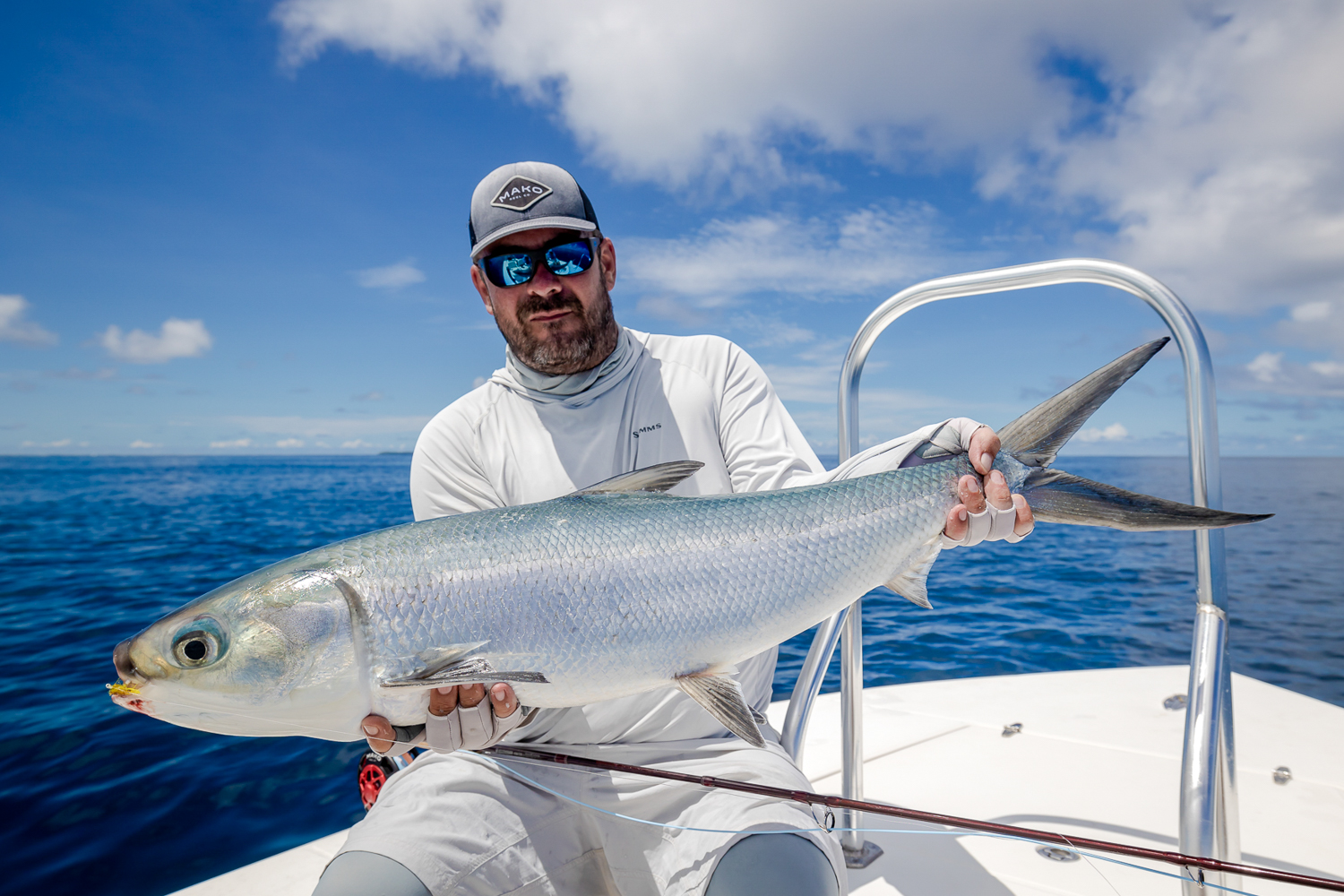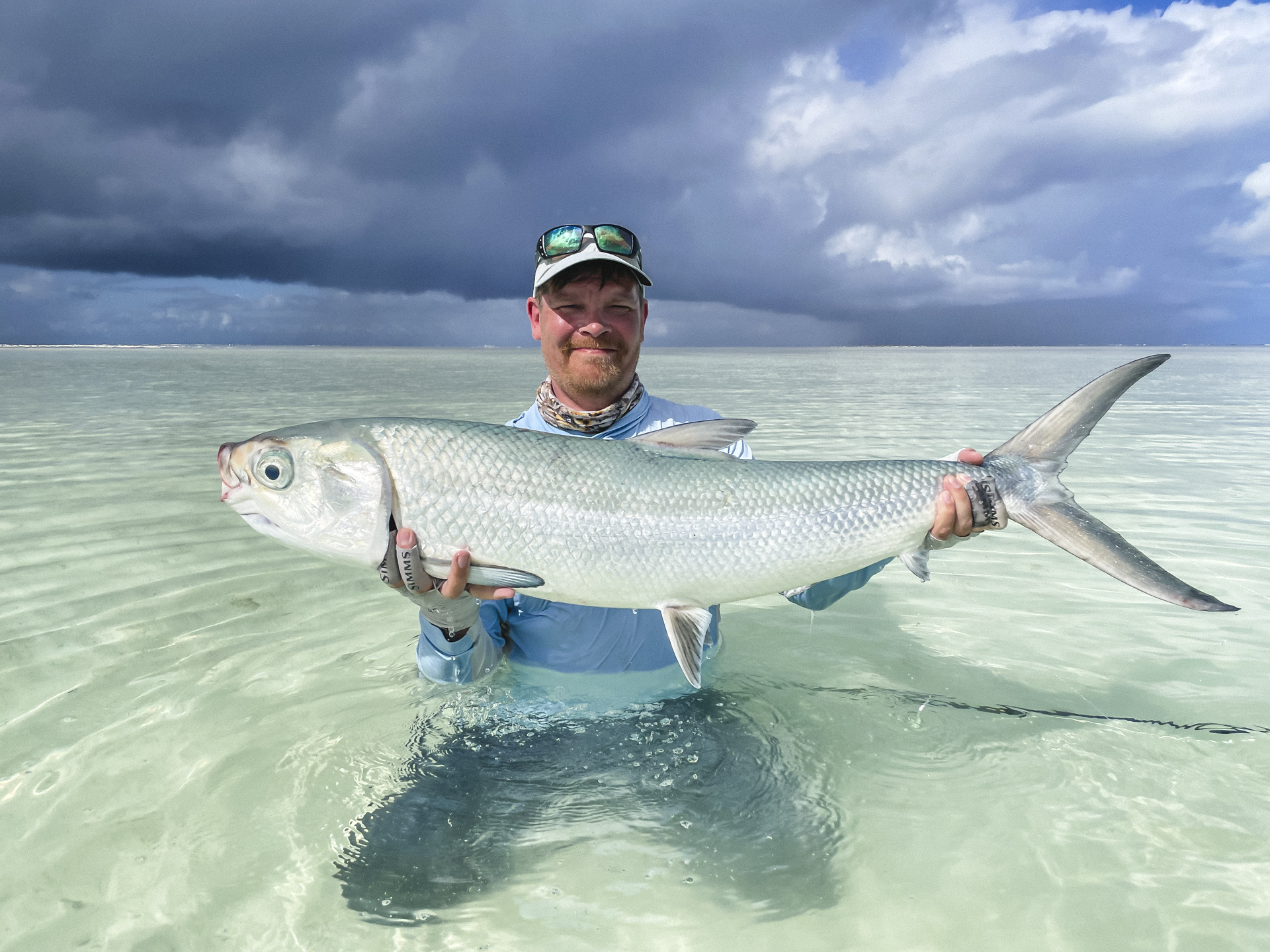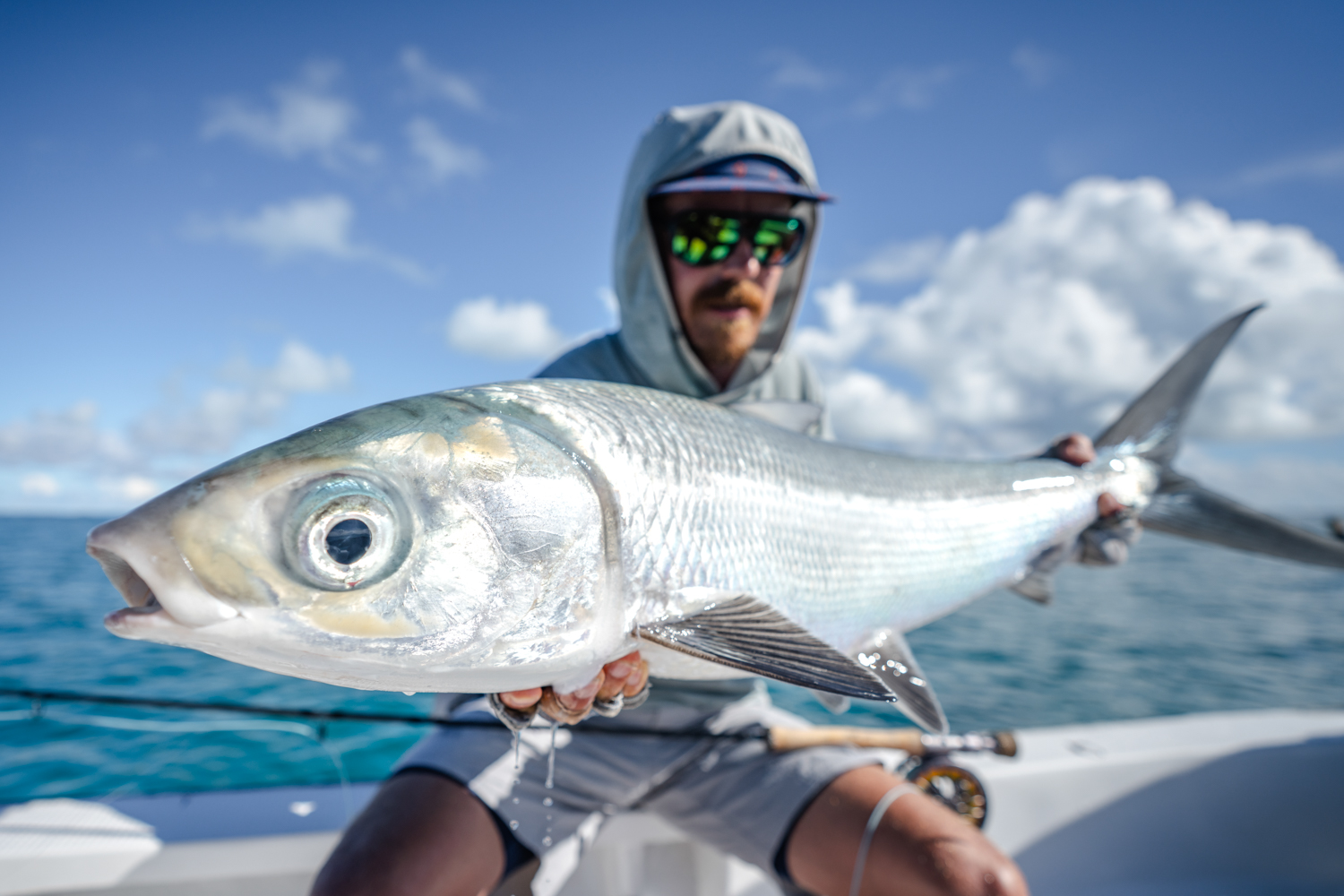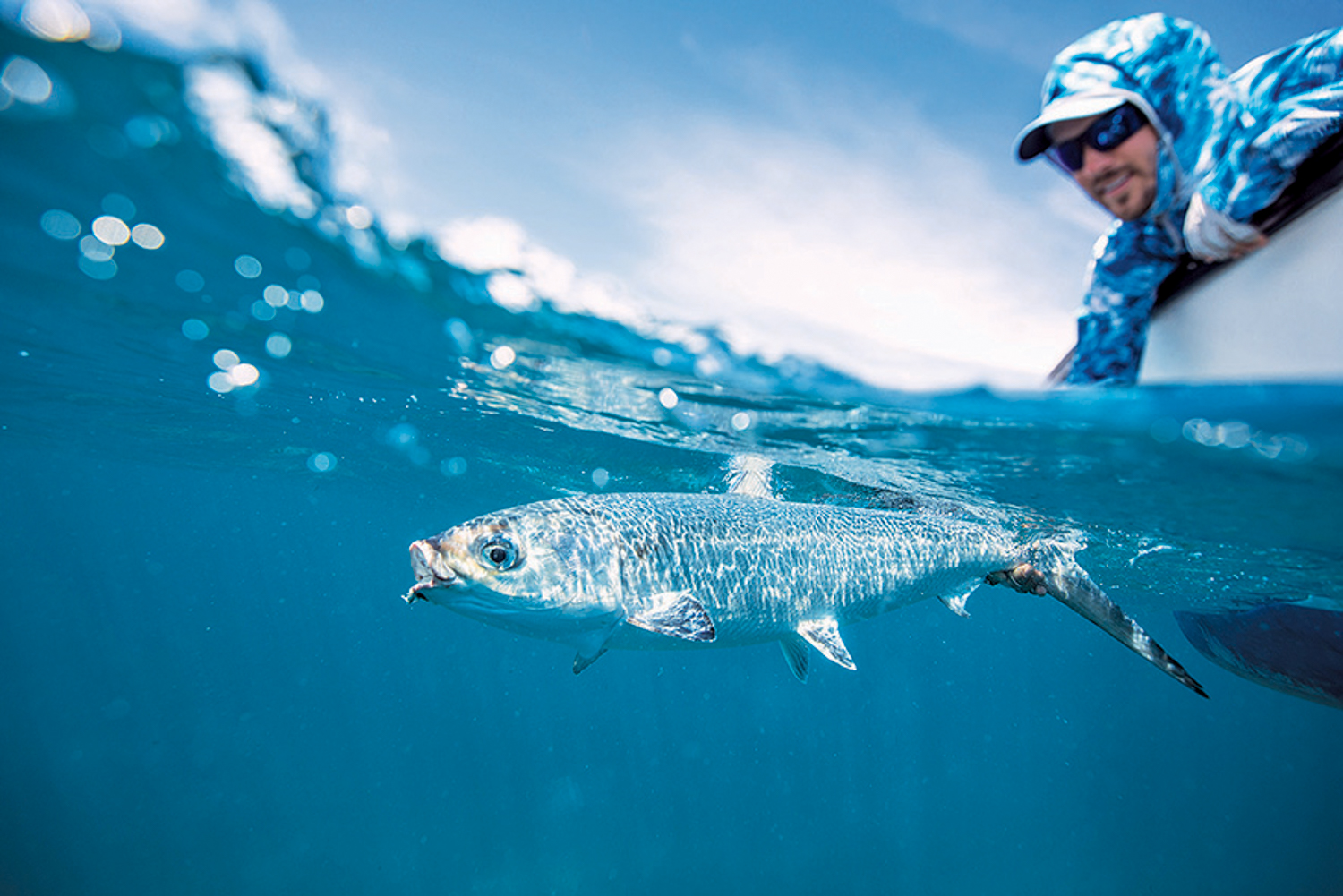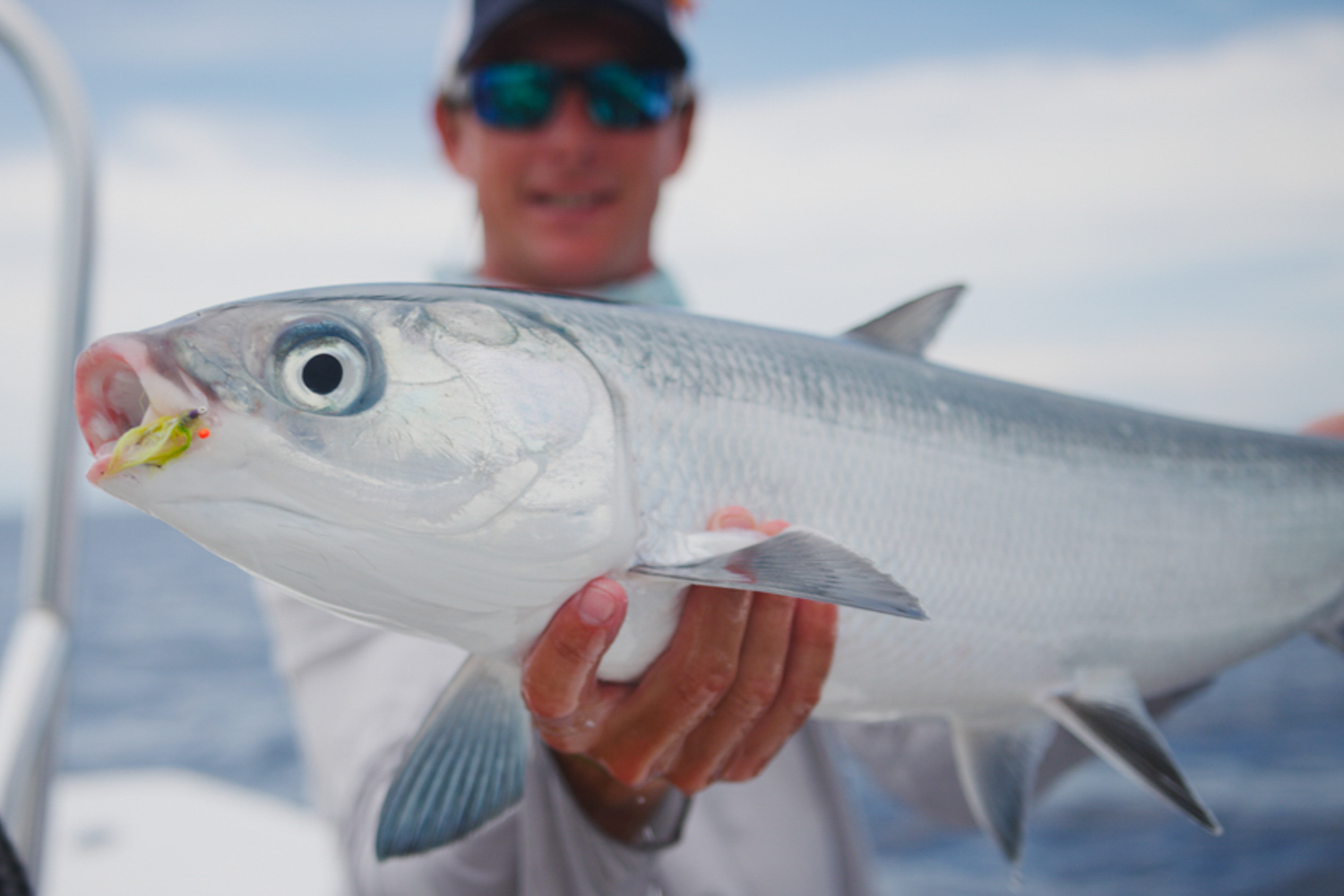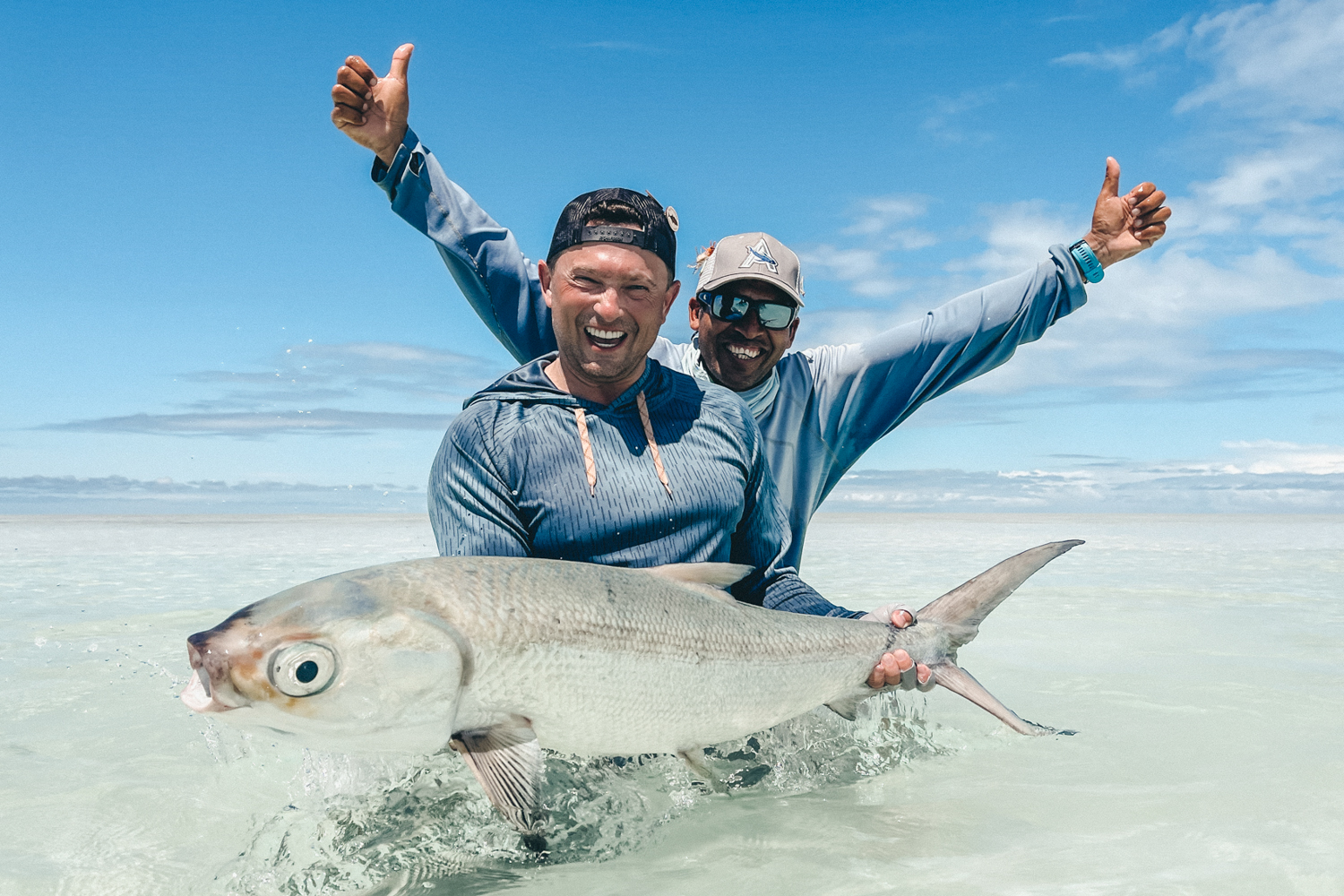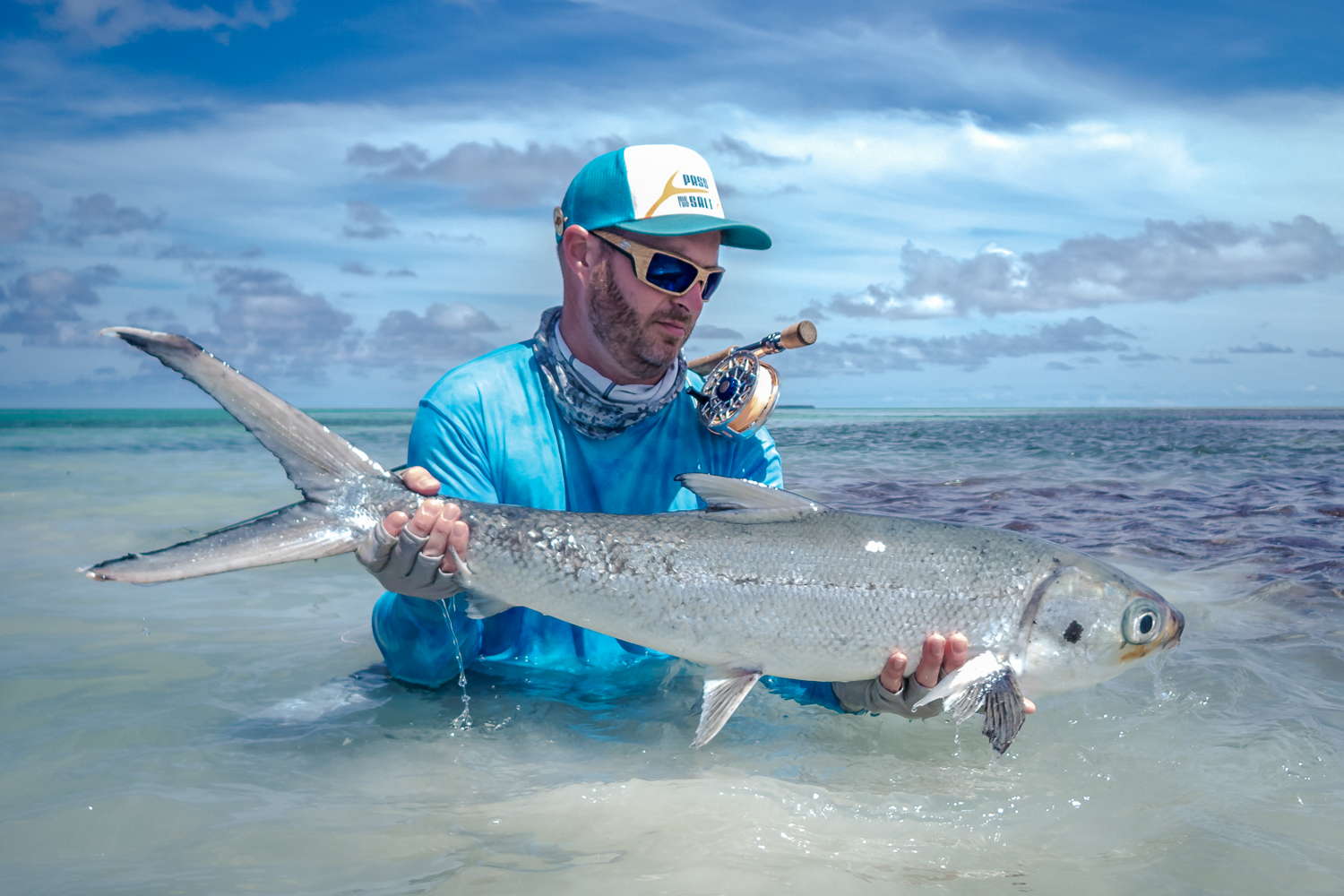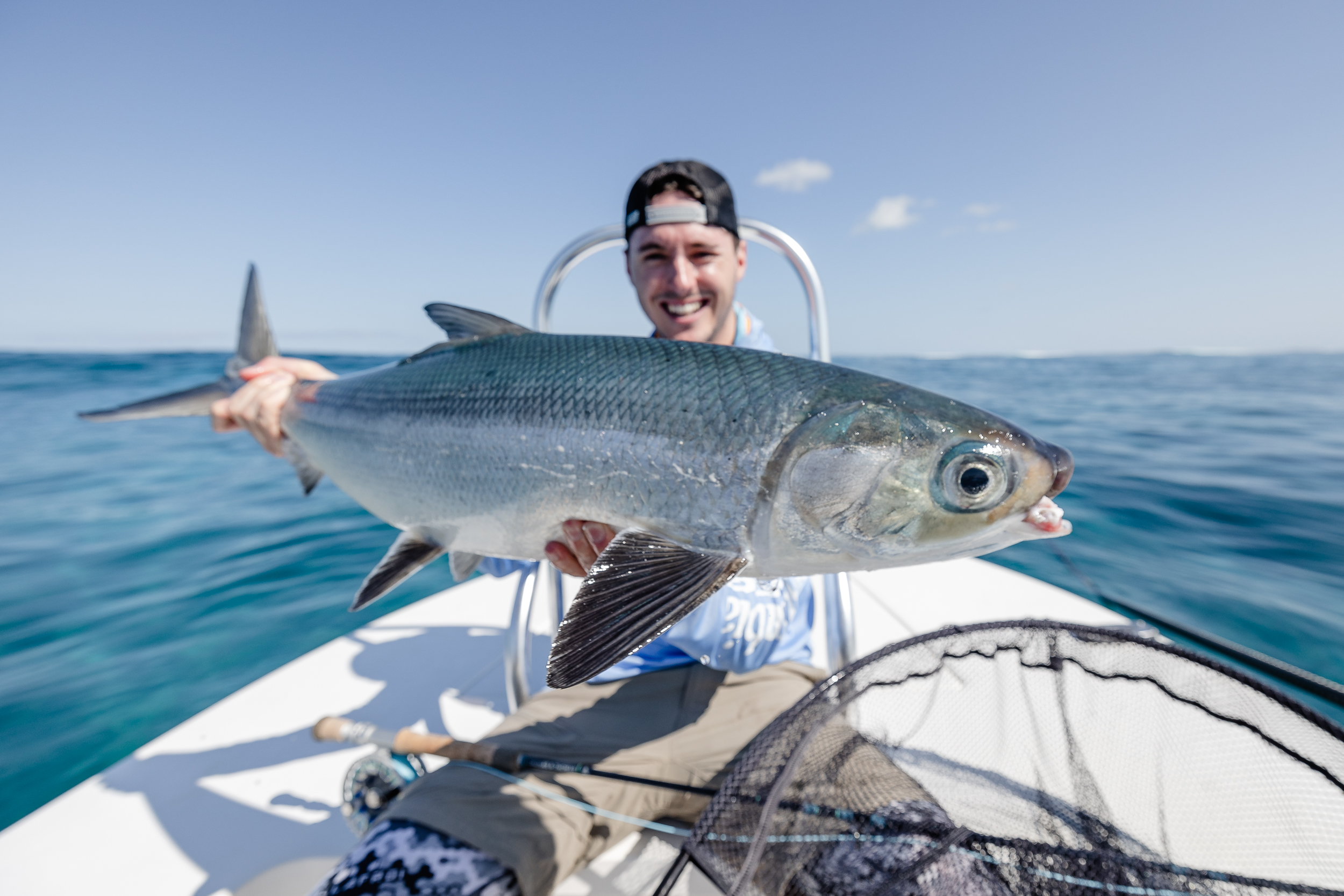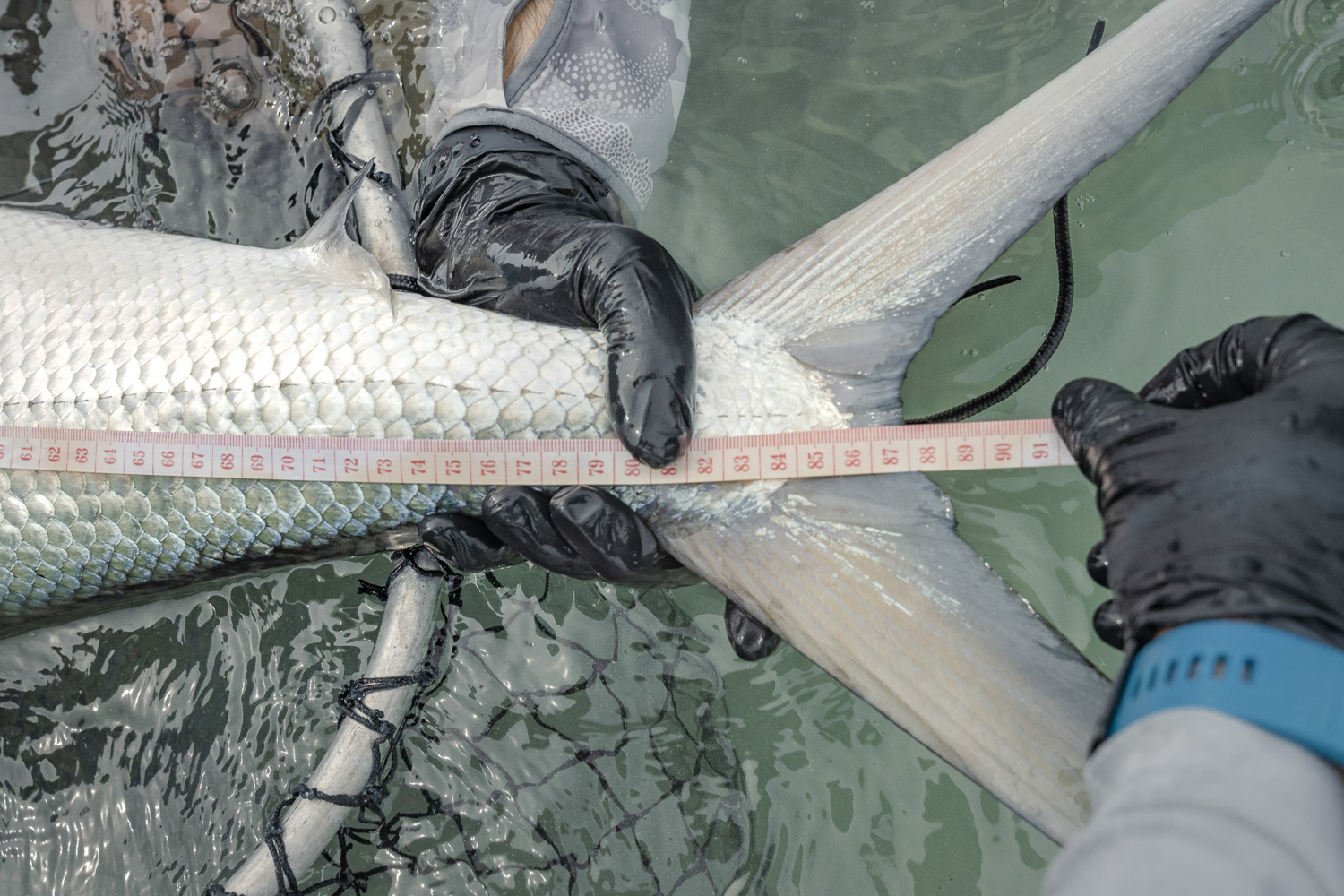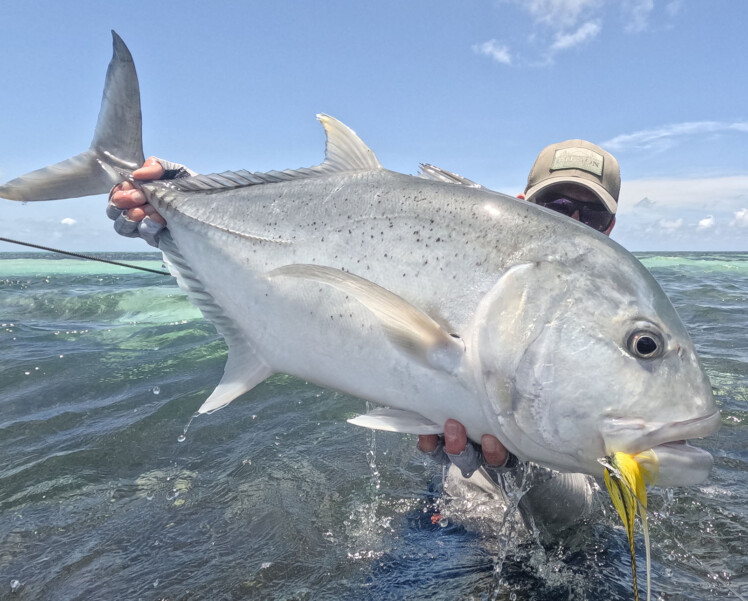Fly fishing for milkfish is an art form not everyone is capable of mastering. It takes skill, patience, determination, and knowledge. The right fishing rod will take you a lot closer to catching a milkfish. Milkfish have a reputation as one of the hardest fighters, if not the hardest fighter, out of all the fish that we target. Naturally, you will want to have the correct fly fishing rod that will match the power of the milkfish! Having a 10 or 11-weight rod will enable you to make a quick presentation and provide pulling power when it counts.
The most effective flies are the Milky Dream, Wayne’s Milky Magic, and a Pillow Talk with tungsten eyes. All of these flies have a few distinct similarities, which help mimic the food source of the milkfish.




